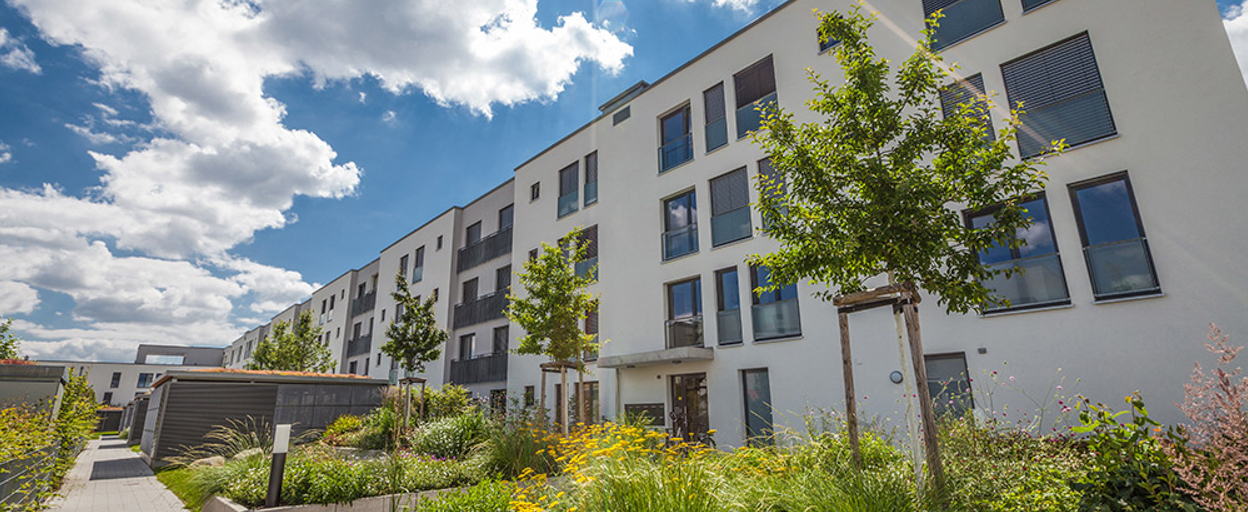- 13 Nov 2025
- 3 min read
- By Claire Ryan
Vacancy rate gridlock keeps Queensland at a standstill
The Real Estate Institute of Queensland’s (REIQ) September Quarter 2025 Residential Vacancy Rate Report has revealed that Queensland’s rental market remains at a virtual standstill, with the statewide vacancy rate still stuck at 1.0%.
The September quarter results show tight conditions dominate across Queensland, with 38 of the 50 regions recording vacancy rates of 1.0% or less – far below the REIQ’s healthy range of 2.6–3.5%, which supports adequate housing mobility and population growth.
According to the report, covering 50 local government areas (LGAs) and sub-regions across the state, almost half (23) tightened, 15 remained unchanged, and 12 relaxed compared to the June quarter.
REIQ CEO Antonia Mercorella said while vacancy rate fluctuations differed across the vast corners of the state, the overall picture was one of gridlock – where extremely low vacancies are freezing mobility and limiting options for renters.
“Queensland’s rental market is like a traffic jam – many people are staying put because finding somewhere to move can be really difficult,” Ms Mercorella said.
“Even though the statewide vacancy rate hasn’t worsened, this entrenched tightness has created a kind of rental gridlock, where people are renewing, not necessarily because they want to, but because they don’t want to risk competing for somewhere new.
“Longer tenancies, while sometimes seen as a positive indicator of a healthy market, can also reflect a lack of choice rather than stability.
“When tenants sign a lease or renew out of necessity instead of preference, it’s a sign that scarcity is seizing up the market and contributing to inefficiencies.
“Property managers are still seeing high levels of rental applications for properties – though many are ‘backup’ options, with applicants’ often applying for several properties at once in hopes of securing one but are not always proceeding when successful.”
Residential Tenancies Authority data shows the median length of tenancies for houses has risen to 21.1 months in FY24/25 (up from 20.8 months last year), while units held steady at 18.2 months (down only slightly from 18.3).
Ms Mercorella said lessor sentiment was also shifting amid ongoing tight conditions, rising operating costs, and legislative shifts which have largely left them picking up break lease bills – with instances of tenant’s breaking leases early on the rise due to new laws that limit their liability.
“In a tight market, we’re seeing higher instances of tenants who are accepting lease terms that they don’t intend to see through – continuing to look for a preferred property to rent or to buy,” she said.
“Many owners are showing greater frustration over successive early break leases and have a reduced tolerance and financial capacity to absorb vacancy periods and foot the bill for new advertising and letting costs, with limited rent compensation.”
Ms Mercorella said while Queensland is in the midst of a rental crisis, it’s important to remember not every market in the state is experiencing these same conditions.
“Higher price-point properties, lower quality stock, or niche segments may see listings remain for longer, as demand can be more price-sensitive or selective,” she said.
“Additionally, properties that are not priced in line with the market are struggling to find tenants.”
What to expect for the coming quarter
Ms Mercorella said conditions were unlikely to improve in the final quarter of the year.
“We’re seeing fairly constant rental activity spread evenly throughout the year – the traditional seasonal peaks and troughs have flattened out,” she said.
Ms Mercorella said latest figures highlight the ongoing imbalance between supply and demand, with Queensland’s housing mix still unable to deliver the volume or diversity of dwellings needed to restore balance.
“We need to be accelerating new builds, encouraging investment in the private rental sector, and supporting diverse housing models such as build-to-rent and smaller dwelling formats,” she said.
“Without policy and planning settings that actively unlock supply, and without fair and balanced rental legislation that encourages investors, this gridlock will persist.”
Tightest and weakest markets
At the extreme end, Cook (0.0%) continues to report no meaningful vacancies, joined by Charters Towers and Goondiwindi (both 0.1%), while Banana (0.2%) and Maranoa (0.3%) follow close behind.
Most major population centres also remain well within the tight range, including Greater Brisbane (0.9%), Brisbane LGA (1.1%), Ipswich (0.8%), Logan (0.8%), Redland (1.0%), and the Sunshine Coast SD (1.0%).
Across regional Queensland, the story is much the same - Toowoomba (0.5%), Cairns (0.7%), Rockhampton (0.8%), Townsville (0.8%), and Mackay (0.9%) all sit far below what’s considered healthy.
At the other end of the spectrum, only a handful of areas offer any significant relief, including Noosa (1.9%) and Gladstone (2.2%), as well as the only two “weak” markets in the state - Bay Islands (4.0%) and Isaac (5.5%).
Movements over the quarter
While movements this quarter were modest, the Sunshine Coast sub-regions showed some of the most notable tightening, with Maroochy Coast (0.9%), Hinterland (0.8%), and Noosa (1.9%) all contracting by -0.5 percentage points.
Several other areas also saw declines of -0.3 percentage points, including Sunshine Coast (1.0%), Banana (0.2%), Cassowary Coast (1.0%), and Central Highlands (0.9%).
A total of 15 regions remained unchanged, including Greater Brisbane (0.9%), Inner, Outer and Middle Brisbane, Ipswich (0.8%), Logan (0.8%), Pine Rivers (1.0%), Redcliffe (1.0%), Gold Coast (1.0%), Toowoomba (0.5%), Burdekin (0.9%), Cook (0.0%), Maranoa (0.3%), and Scenic Rim (0.8%).
A small number of regions recorded modest increases of just 0.1 percentage points in vacancy rates this quarter, providing slight relief in otherwise tight markets. These included Brisbane (1.1%), Middle Brisbane (1.1%), Moreton Bay (1.0%), Redland (1.0%), Bundaberg (1.0%), Mackay (0.9%), Rockhampton (0.8%), Livingstone (0.9%), and Southern Downs (0.8%).
More substantial easing was observed in Gladstone (+0.4 percentage points), Bay Islands (+0.3pp) and Isaac (+1.3pp) - however, these movements were outliers. On-the-ground insights in Gladstone confirm that rental conditions have plateaued, with more listings available and slightly longer days on market, suggesting demand has softened.
Fast facts: September Quarter 2025
- Queensland Vacancy Rate: 1.0%
- Tightest Vacancy Rates: 0.0% in Cook, and 0.1% in Charters Towers and Goondiwindi.
- Highest Vacancy Rates: 5.5% in Isaac, 4.0% in Bay Islands, and 1.9% in Noosa.
- Biggest falls: -0.5 percentage points in Maroochy Coast, Hinterland and Noosa.
- Biggest rises: +1.3 percentage point Isaac +0.4pp in Gladstone, +0.3pp in Bay Islands (including North Stradbroke, Russell, Macleay, Karragarra, Lamb, and Coochiemudlo Islands).
- 0 - 2.5% = tight
- 2.6 - 3.5% = healthy
- 3.6% - plus = weak
The REIQ classes rental markets into three categories; tight, healthy, or weak. These markets are classified according to vacancy rates ranges:
ENDS
Media enquiries:
Claire Ryan, Media and Stakeholder Relations Manager, The Real Estate Institute of Queensland
M: 0417 623 723 E: media@reiq.com.au
REIQ members can download the full September quarter 2025 vacancy rate spreadsheet here.
Read another media release from the REIQ: Peak body honours Queensland's standout real estate professionals.
Or browse our media releases.
You may also like
View All Articles
View All Articles


Start your Real Estate Career
Need help? 1300 697 347 or contact us




